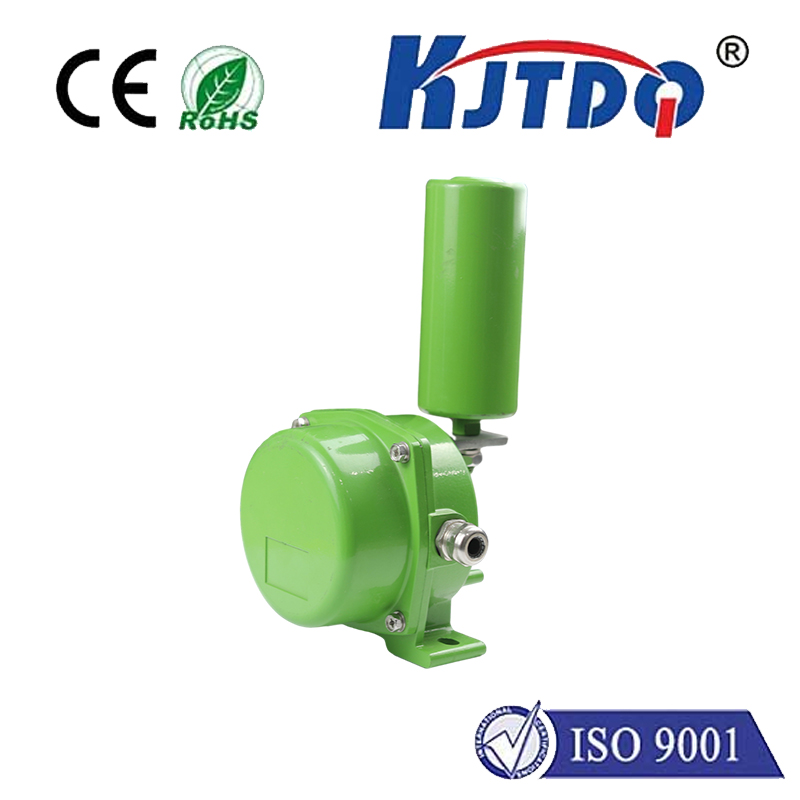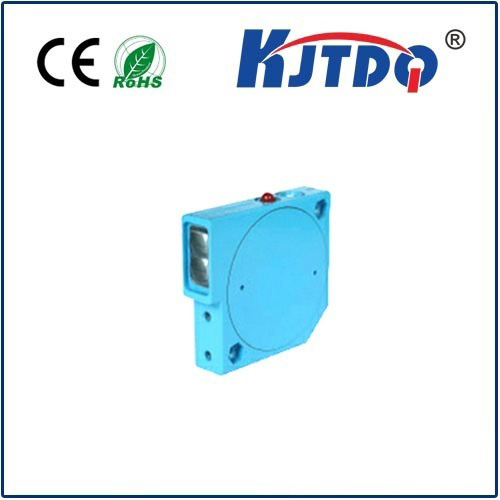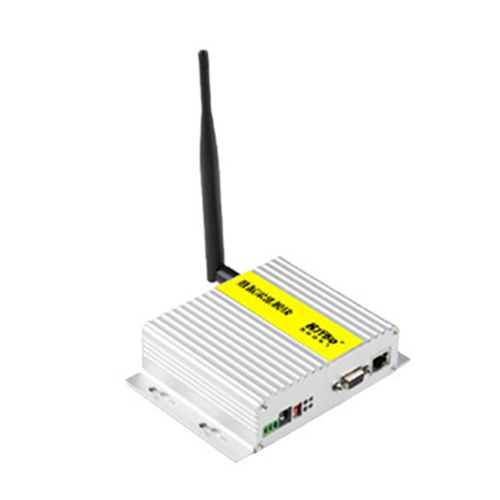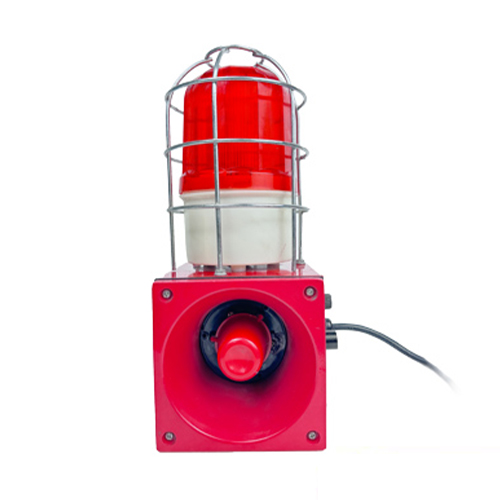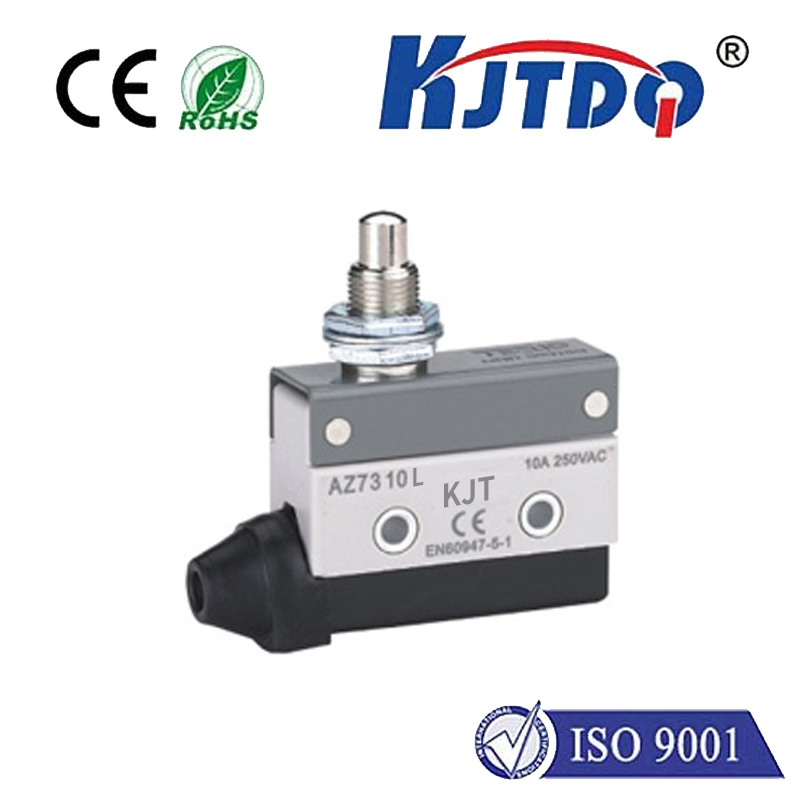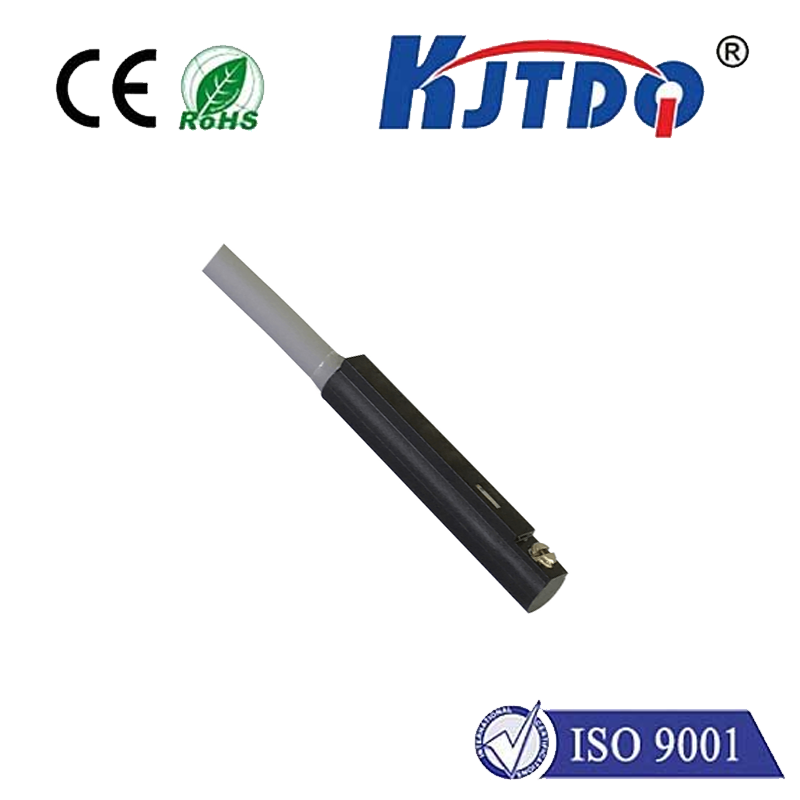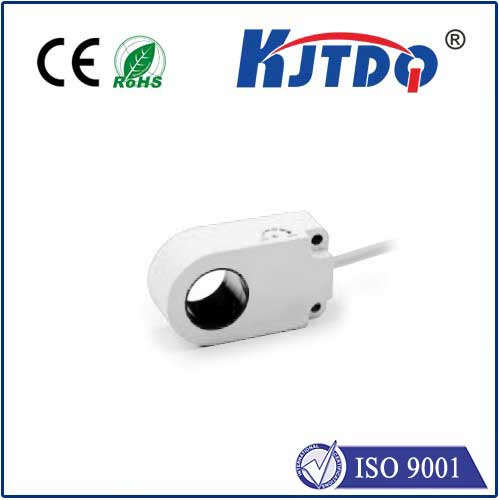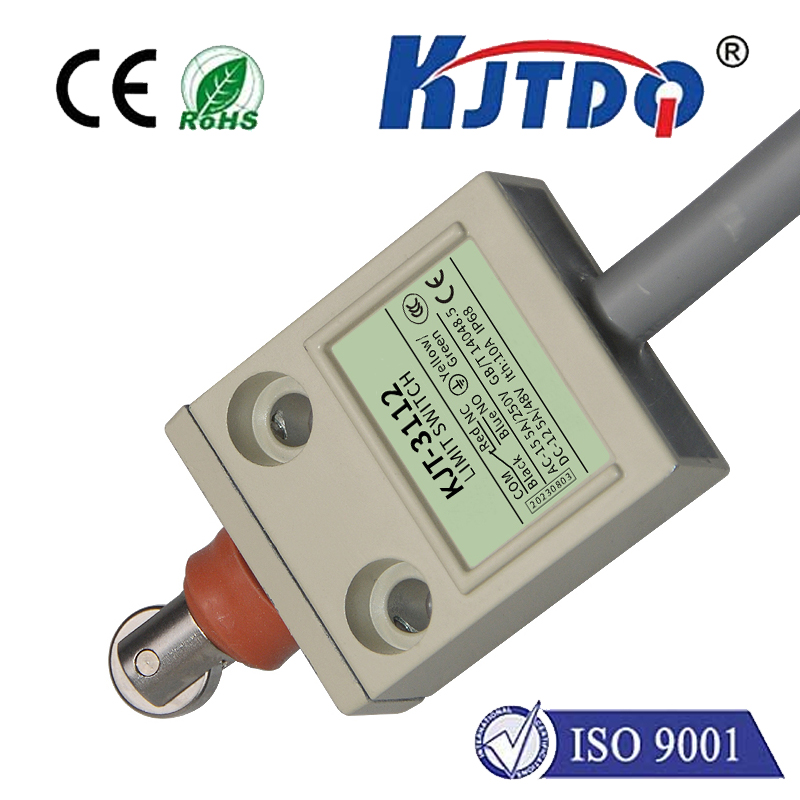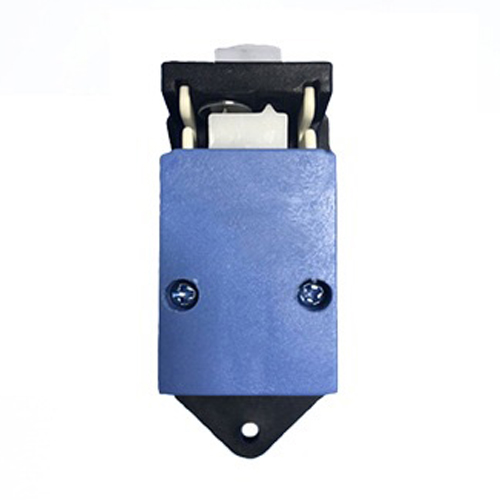

check

check

check

check

check

check

check

check

check

check

Pressure Transmitter Sensor: A Vital Component in Industrial Automation Systems In the world of industrial automation, the pressure transmitter sensor plays a crucial role in ensuring the smooth and efficient operation of various processes. This device is responsible for measuring and transmitting pressure signals from one point to another, allowing for precise control and monitoring of industrial systems. In this article, we will explore the importance of pressure transmitter sensors, their applications, and how they contribute to the overall success of industrial automation systems. Firstly, let us understand what a pressure transmitter sensor is. It is a device that converts pressure measurements into electrical signals that can be easily monitored and analyzed by control systems. The pressure transmitter sensor consists of two main components: a sensing element and a transmitting element. The sensing element is responsible for detecting the pressure changes, while the transmitting element converts these changes into electrical signals. One of the key applications of pressure transmitter sensors is in the field of fluid dynamics. These sensors are extensively used in hydraulic and pneumatic systems to measure the pressure of fluids such as water, oil, gas, and air. By accurately measuring the pressure, engineers can ensure that the fluid flow rate, temperature, and other parameters are within the desired range, thereby preventing equipment failures and improving overall system efficiency. Another important application of pressure transmitter sensors is in the process industries, such as chemical manufacturing, food processing, and power generation. In these industries, pressure transmitter sensors are used to monitor and control pressure levels in various stages of production processes. For example, they can be used to regulate the pressure of steam boilers, compressors, and reactors, ensuring that these devices operate safely and efficiently. Furthermore, pressure transmitter sensors are also widely used in the automotive industry. They play a vital role in monitoring the engine’s intake manifold pressure, fuel pressure, and tire pressure. By providing accurate pressure readings, these sensors help improve vehicle performance, fuel efficiency, and safety. In addition to their practical applications, pressure transmitter sensors also contribute to the overall success of industrial automation systems. They enable real-time monitoring and control of industrial processes, allowing engineers to make informed decisions based on accurate data. This not only helps optimize production efficiency but also reduces downtime and maintenance costs. Moreover, pressure transmitter sensors can be integrated with other automation components, such as programmable logic controllers (PLC) and supervisory control and data acquisition (SCADA) systems, to create comprehensive automation solutions tailored to specific industry needs. In conclusion, pressure transmitter sensors are essential components in industrial automation systems, providing accurate pressure measurements and enabling effective process control. Their applications span across various industries, including fluid dynamics, process industries, and automotive engineering. By incorporating pressure transmitter sensors into industrial automation systems, companies can improve efficiency, reduce costs, and ensure safe and reliable operations. As technology continues to advance, we can expect pressure transmitter sensors to play an even more significant role in shaping the future of industrial automation.
